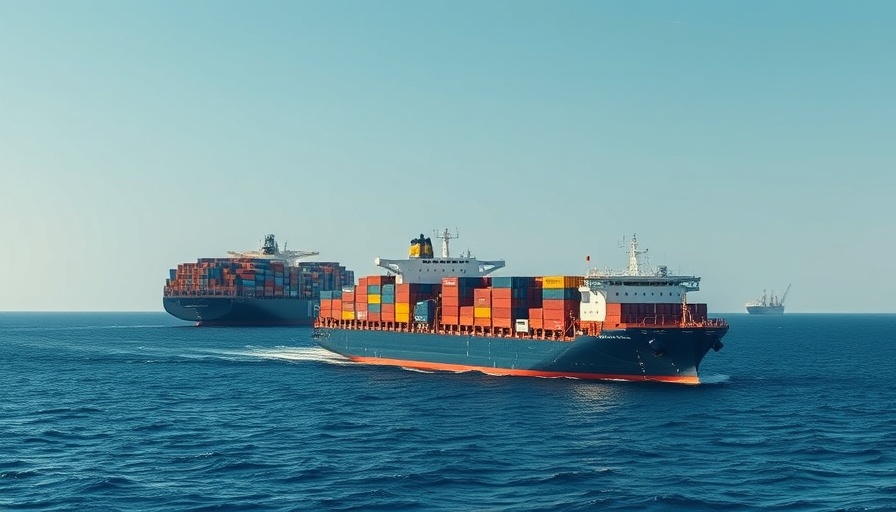
The Shifting Sands of Global Geopolitics
In a rapidly changing world, the dynamics of geopolitics greatly influence corporate decision-making. Former Under Secretary of State Robert Hormats underscores how the past decade has redefined globalization and introduced a multi-polar world that complicates traditional business strategies. Once heralded as an era of boundless opportunity, today's geopolitical landscape is marked by trade nationalism and a rise in protectionist policies, altering the fabric of global commerce.
Understanding Trade Nationalism and Its Implications
The concept of globalization, as popularized by thinkers like Thomas Friedman in his book The World is Flat, offered a vision of a seamless world where ideas, capital, and labor flowed freely. Hormats, however, emphasizes that this linear understanding was naive. Now, countries are increasingly safeguarding their technology and restricting capital flows, leading to a fragmented market. This shift not only presents challenges in navigating international trade but also necessitates that companies bolster their resilience amidst uncertainty.
The Rise of Multiple Power Centers
As Hormats illustrates, we are witnessing the emergence of multiple centers of power on the global stage. While the United States and China dominate headlines, nations like Iran and Saudi Arabia are asserting their influence within their regions. Even Russia has regained prominence with its maneuvers in Ukraine and Central Europe. This diversity of geopolitical actors creates unpredictability, pushing companies to remain vigilant and adaptable in their global strategies.
Technological Innovations: A Double-Edged Sword
Despite the geopolitical challenges, one trend Hormats finds encouraging is the acceleration of technology, particularly artificial intelligence (AI), biotechnology, and 5G networks. These advancements not only promise to enhance productivity but also serve as critical tools for companies striving to navigate complex geopolitical waters. Incorporating cutting-edge technologies into their operations may enable firms to thrive even in tumultuous contexts, provided they can recruit and retain the right talent.
Preparing for an Uncertain Future
The next five to ten years will undoubtedly be shaped by geopolitical tensions, trade wars, and an ongoing race for technological supremacy. Corporations must recognize that being passive is not an option. Strategic foresight, agility, and an investment in technological adoption will be paramount for businesses looking to safeguard their operations and long-term growth potential. The questions that arise now are: how can businesses leverage these political and technological shifts to their advantage? And what proactive measures can they employ to fortify their positions against potential shocks in the global economy?
Conclusion: Navigating the Landscape of Geopolitical Influence
For executives and decision-makers, the insights shared by Hormats are invaluable. As geopolitics increasingly permeate the policies shaping global business environments, understanding the interplay between national interests and corporate priorities will be critical. The future is uncertain, but those who embrace the changes and adapt their strategies accordingly will position themselves ahead of the curve.
 Add Row
Add Row  Add
Add 




Write A Comment